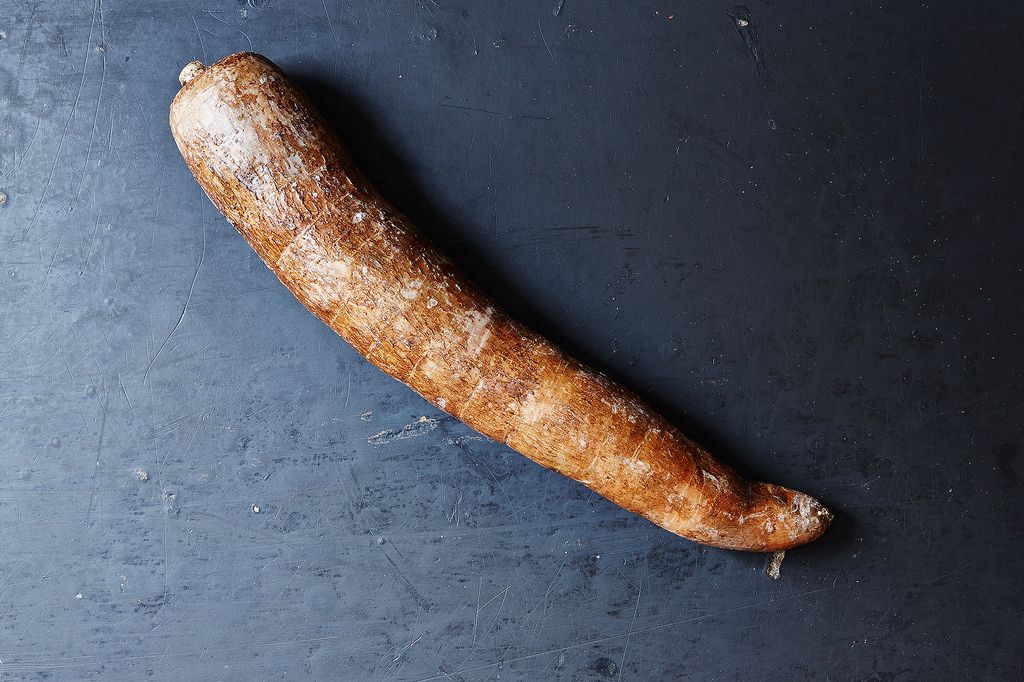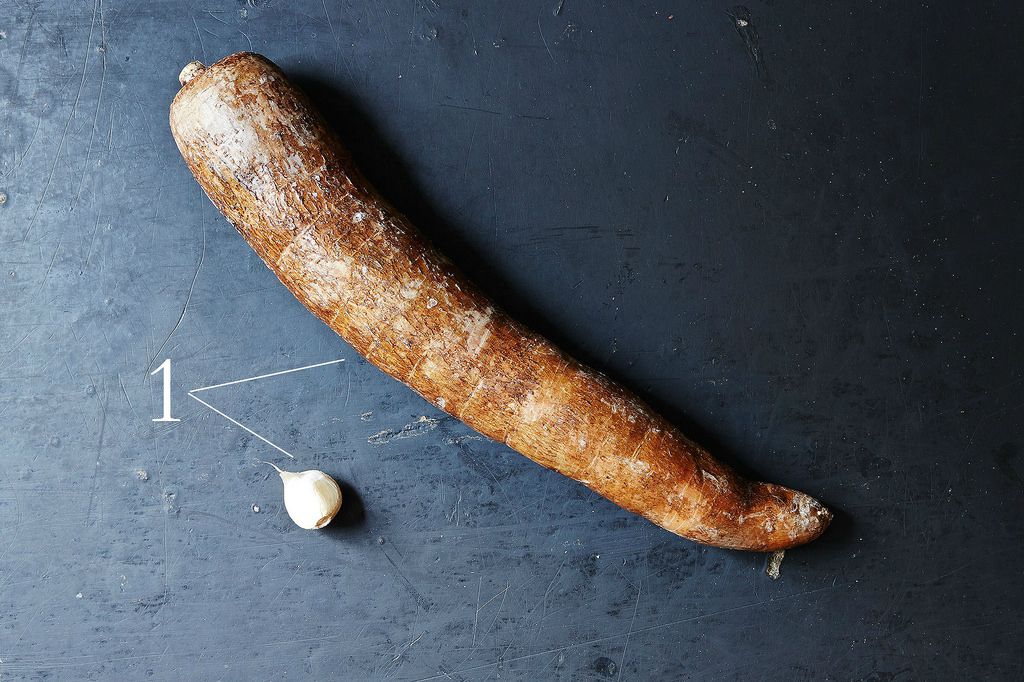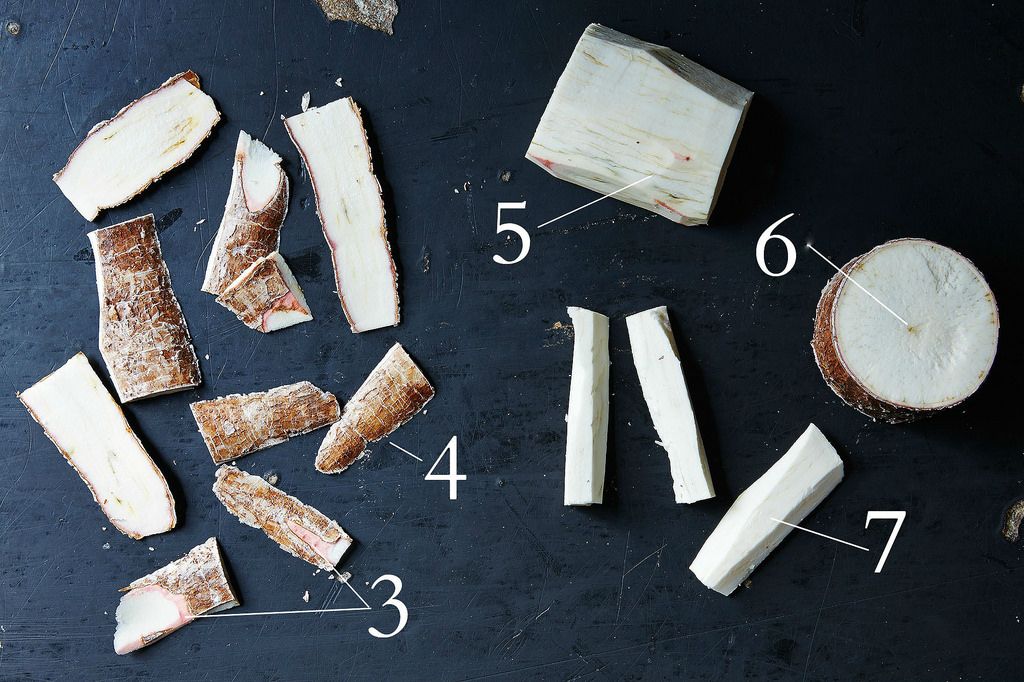Popular on Food52
Continue After Advertisement
16 Comments
Sevie G.
December 3, 2016
Are sweet yuca and bitter yuca off of the same plant? Is it the size that makes it bitter or sweet? I've read that bitter yuca are bigger. Also I would like to know how you distinguish a sweet yuca from a bitter yuca from taste? From color? Or just by size.
Lindsey
August 12, 2016
A very informative post. Not too many of those around about yuca. Thank you!!!
Laila E.
June 24, 2016
I grew up with Yuca as a comfort food. We boil it until fork tender then drizzle with a little EVOO and sprinkle a little kosher salt on it.
Suzan
March 10, 2015
Predominately Paleo blog has tons of recipes made with fresh Yuca dough, like empanadas, ravioli, etc. www.predominatelypaleo.com
Shahrizat J.
March 9, 2015
A favorite in Malaysia too. There are several ways they are prepared, and can be either savory or as dessert. Here's a simple recipe for desert. Boil until tender and drain water. And then mash, add some sugar and a little bit of salt for balance. The mash is then press-formed into patties/cake and chill in fridge. Serve with freshly grated coconut seasoned with salt.
Erika
March 9, 2015
I wish you'd have added the healthy benefits of Yuca. Brazilian indians have been consuming them for centuries and It's wildly popular around Latin America. I like to make Yuca bean soup, where I cook the yuca (with olive oil, garlic, salt, black pepper). Once it's soft, mash a few of them so the broth thickens. Throw in cooked white or pinto beans. and let it cook for another 5-10 min. Serve it hot with a little hot sauce. Many like to add chunks of beef but I'm a vegetarian so mine don't have any meat.
Maria J.
March 9, 2015
We make some sort o sheperds pie (instead of potatoes we use yuca) and the filling could be canned tuna, shredded chicken, etc-
Lizzy W.
March 8, 2015
My husband peels and cuts yuca into fries then marinades in lime juice garlic and cilantro overnight..he then bbq's them! They are so good!!
Teresa L.
March 8, 2015
Boiled in salted water and eaten with grated coconut seasoned with salt and sugar. Also good when boiled in salted water with some garlic and then eat it with sambal.
nickelhn
March 8, 2015
Cassava Chips! So addictive. Extremely crunchy..
Cassava bread - a thin, hard disk that is available in many grocery stores in South Florida. Drizzle with olive oil and sprinkle with kosher salt and bake. Very tasty, high in fiber.
San Cocho - a caribbean "poor man's" stew.
Fried.
Cassava bread - a thin, hard disk that is available in many grocery stores in South Florida. Drizzle with olive oil and sprinkle with kosher salt and bake. Very tasty, high in fiber.
San Cocho - a caribbean "poor man's" stew.
Fried.
Richard M.
March 7, 2015
Grated finely, and use as part of a masa. The masa is filled with seasoned meat and fried. This is a Puerto Rican fritter called Alcapurria.
Poonam
March 7, 2015
Chili Mogo! I believe it originated with the large expatriate South Asian community in East Africa (or perhaps it was just very popular there), it is basically yuca fried and then topped with a curry-like chili sauce. This youtube video seems to show its preparation, though I confess I've never made it at home. https://www.youtube.com/watch?v=0nbnGUQYdT4





See what other Food52 readers are saying.